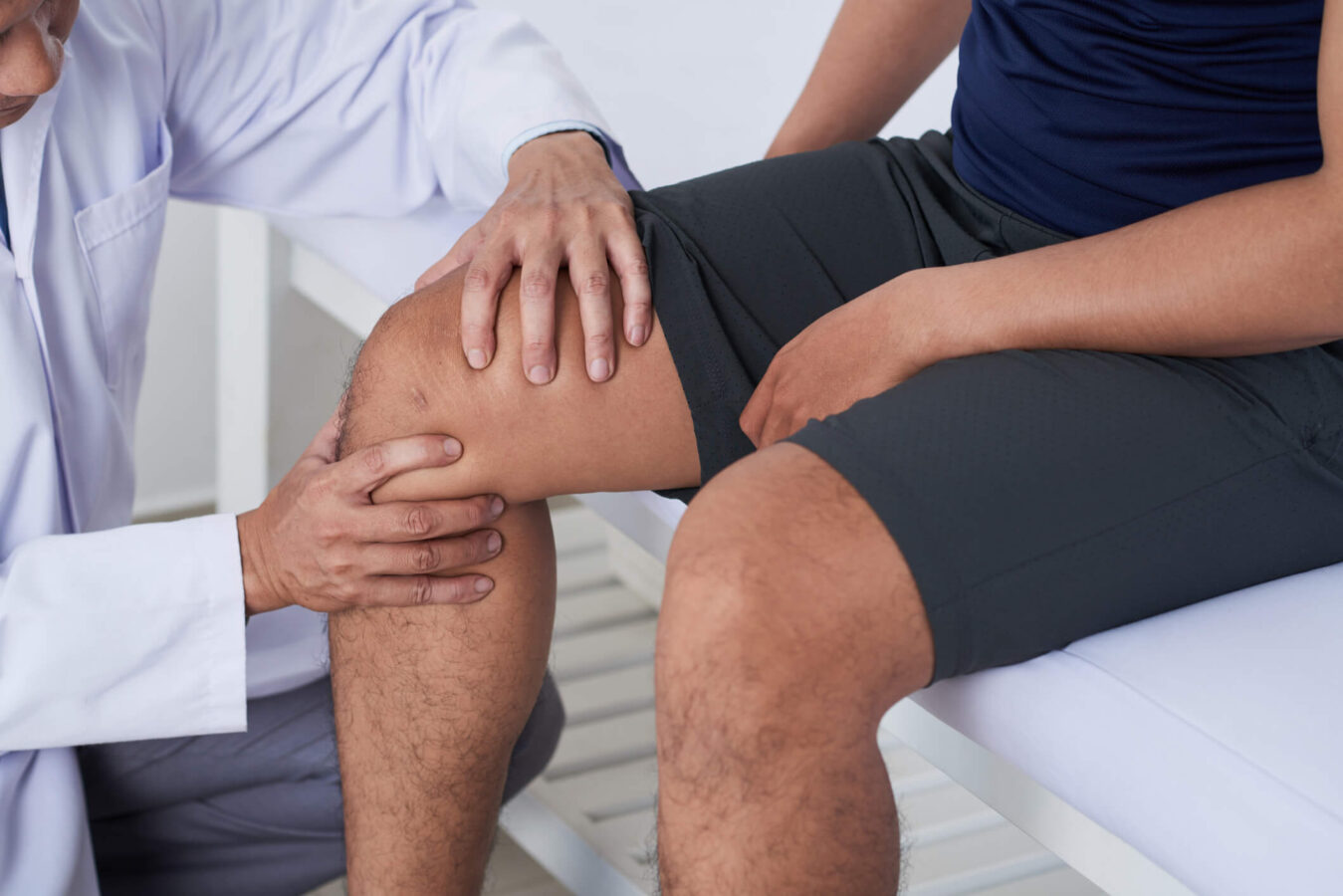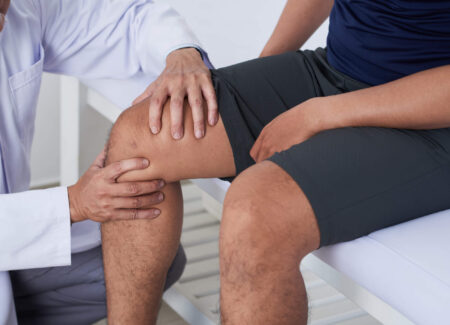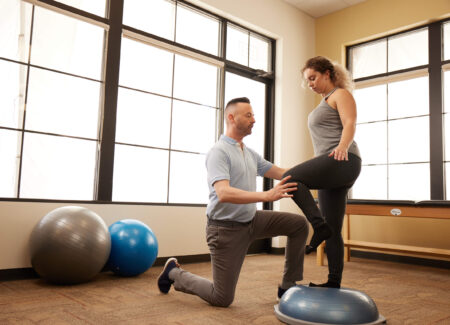By: Peter Potena
Located in the knee, the anterior cruciate ligament, or ACL, supports the knee by stopping the tibia (shin bone) from sliding forward on the femur (thigh bone). It also provides rotational stability with running and cutting activities.
Who is at risk?
- Females are at a greater risk than males
- Males have more injuries because of higher sport participation
- Participants in sports involving running, cutting, and jumping
Over 100,000 ACL surgeries are performed each year in the United States, with 70 percent of them resulting from non-contact injuries. Surgery often is required to return to sports and other recreational activities.
Before having surgery, the most important thing is to maintain range of motion and knee strength. Your physician may recommend physical therapy prior to surgery to prepare you.
Physical therapy is essential after ACL surgery to:
- Decrease swelling
- Increase range of motion
- Increase strength
- Improve walking
- Complete a specific return-to-sport/activity training program
- Improve knee positioning with running, jumping and cutting
- Prevent future injuries, as most ACL tears are caused by problems with biomechanics that your therapist specializes in to recognize and correct
A typical timeline after surgery will progress as follows with variations based on each surgeon’s protocol, preference, and healing times of tissue. Differences can also be seen with simultaneous injuries common with ACL tears, including but not limited to meniscus tears:
- Weeks 2-3: Wean off crutches
- Week 4: Wean off wearing brace
- Week 10: Begin jogging
- 3 months: Return to running program
- 4 months: Return to sport training
- 6 months: Earliest return to sport with physician approval
The greatest risk of re-injury occurs between weeks 4-12. This is when the new ACL is the weakest and when you feel better and want to do too much. During this time, it is essential to listen to the instructions of your surgeon and physical therapist.
Typically, your physical therapy will be three times per week and will last five to six months depending upon the activities to which you return and your physician’s preference.
This amount of time is essential to allow the tendon to heal properly. This makes physical therapy even more important to be sure the correct exercises are being done at the correct time and in the correct ways to avoid re-injuring your new ACL.




